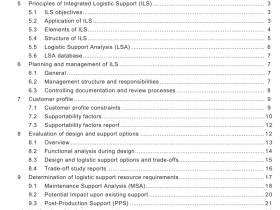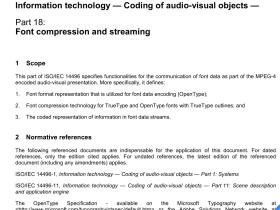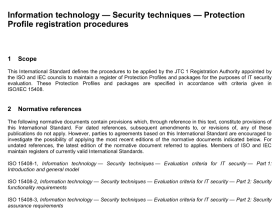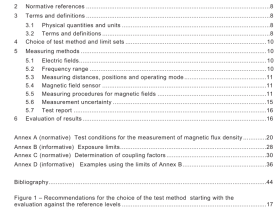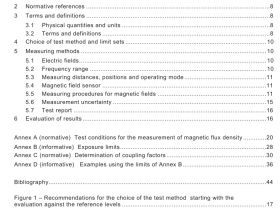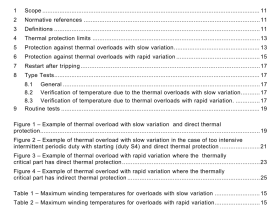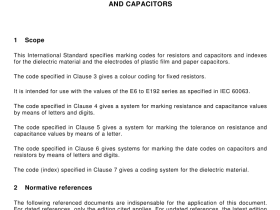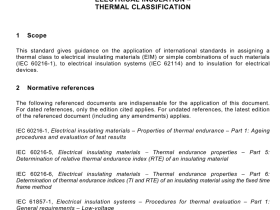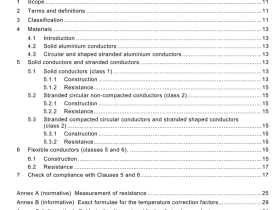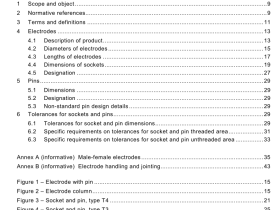IEC 60052 pdf download
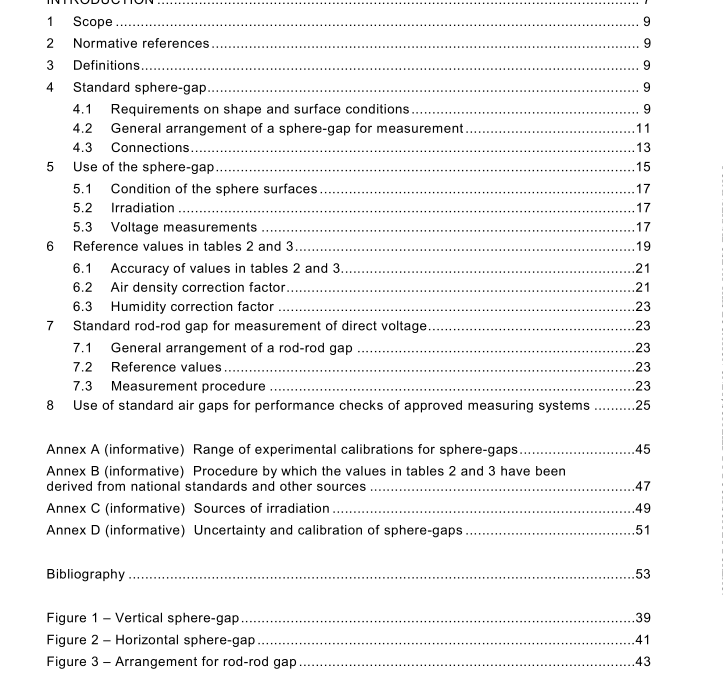
IEC 60052 pdf download Voltage measurement by means of standard air gaps
1 scope
IEC 60052 sets forth recommendations concerning the construction and use of standard airgaps for the measurement of peak values of the following four types of voltage:
a) alternating voltages of power frequencies;
b) full lightning impulse voltages;
c) switching impulse voltages;d) direct voltages.
Air gaps constructed and used in accordance with this standard represent lEC standardmeasuring devices in accordance with lEC 60060-2 and are primarily intended for performancechecks of high voltage measuring systems.
2Normative references
The following referenced documents are indispensable for the application of this document.Fordated references,only the edition cited applies. For undated references, the latest edition ofthe referenced document (including any amendments) applies.
IEC 60060-1:1989,High-voltage test techniques – Part 1: General definitions and testrequirements
lEC 60060-2:1994,High-voltage test techniques – Part 2: Measuring systems
3Definitions
vacant
4Standard sphere-gap
The standard sphere-gap is a peak voltage measuring device constructed and arranged inaccordance with this standard.The points on the two spheres which are closest to each otherare called the sparking points.Figures 1 and 2 show two arrangements, one of which is typicalof sphere-gaps with a vertical axis and the other of sphere-gaps with a horizontal axis.
4.1 Requirements on shape and surface conditions
The standard sphere-gap consists of two metal spheres of the same diameter D, their shanks,operating gear,insulating supports,supporting frame and leads for connection to the point atwhich the voltage is to be measured.Standard values of D are 2- 5-6,25-10-12,5-15-25-50 -75-100 -150 and 200 cm.The spacing between the spheres is designated s.
The spheres shall be carefully made so that their surfaces are smooth and their curvature is asuniform as possible.
The tolerances on size and shape need usually only be checked when the spheres are firstsupplied and any suitable instrument (e.g. spherometer) may be used.
The diameter of each sphere shall not differ by more than 2 % from the nominal value.Thespheres shall be reasonably free from surface irregularities in the region of the sparking point.A medium grade mechanical surface finishing (roughness Rmax below 10 um) is considered tobe adequate.The region of the sparking point is defined by a circle such as would be drawn onthe spheres by a pair of dividers set to an opening of 0,3 D and centred in the sparking point.
When the sphere-gap is used, it will normally be sufficient to examine the surface by touch andvisual inspection.
NOTE Any minor damage on the non-adjacent hemispherical surfaces does not alter the sphere-gap performance.
4.2General arrangement of a sphere-gap for measurement
4.2.1 Vertical gap
When the spheres are arranged vertically, the shank of the high-voltage sphere shall be freefrom sharp edges or corners and the diameter of the shank shall not exceed 0,2 D over alength D. This requirement is made in order to reduce the influence of the high-voltage shankon the disruptive discharge voltage. If a stress distributor (corona shield) is used at the end ofthe shank, its greatest dimension, perpendicular to the axis of the spheres,shall not exceed0,5 D and shall be at least 2 D from the sparking point of the high-voltage sphere.
